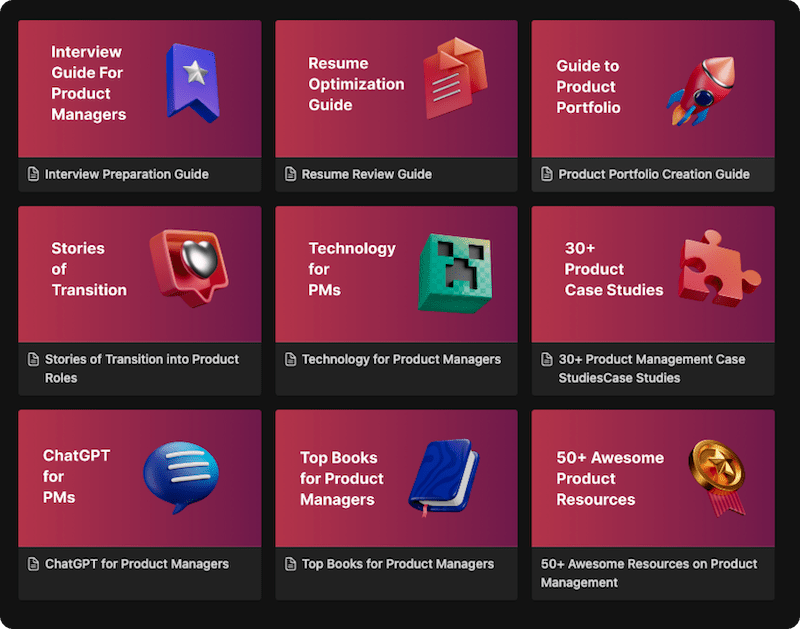Prototype
In the realm of product development, ideas are the seeds of innovation. However, turning those ideas into tangible and successful products requires a systematic approach. This is where prototypes come into play. Prototyping is a crucial step in the product development process that enables product managers to validate, refine, and iterate on their ideas before investing substantial resources. In this article, we will explore the significance of prototypes, their definition, key principles, implementation process, and real-world examples to understand how they drive successful product innovation.
A prototype is a preliminary version of a product or feature that is built to test and validate ideas. It serves as a tangible representation of the product concept, allowing product managers and teams to gather feedback, identify potential issues, and make informed decisions before moving forward with full-scale development.
Key Principles
- Validation: The primary purpose of a prototype is to validate the viability and desirability of a product idea. By testing the concept with real users, product managers can ensure that the final product will meet user needs and expectations.
- Iteration: Prototyping is an iterative process. As feedback is collected, product managers can refine and improve the prototype, gradually bringing it closer to the final product.
- Cost and Time Efficiency: Building a prototype is typically quicker and less expensive than full-scale development. It allows product managers to experiment with different ideas and concepts without committing significant resources.
Implementation Process
- Define Objectives: Product managers must start by defining the objectives of the prototype. What specific aspects of the product do they want to test or validate? What are the key questions they want to answer?
- Choose the Right Fidelity: Prototypes can range from low-fidelity (simple sketches or wireframes) to high-fidelity (interactive and detailed mockups). The level of fidelity should align with the objectives of the prototype.
- Gather Feedback: Once the prototype is ready, product managers gather feedback from users, stakeholders, and the development team. This feedback is essential for identifying potential improvements and validating assumptions.
Real-World Examples
- Dropbox: Dropbox, the popular cloud storage service, started as a simple prototype showcasing the core concept of file synchronization. The positive feedback received from the prototype helped the founders secure funding and develop the product further.
- Apple: Apple is well-known for its iterative prototyping process. Before launching a new product, they create multiple prototypes to explore design options and user experiences.
Takeaway
Prototypes are indispensable tools in the product manager’s arsenal. They provide a cost-effective and efficient way to validate ideas, gather feedback, and refine product concepts. By embracing key principles and adopting a systematic approach to prototyping, product managers can confidently turn their ideas into successful innovations.
Prototypes are preliminary versions of products or features used for validation and feedback. They facilitate iterative development and save time and resources. Dropbox and Apple demonstrate the power of prototyping in turning ideas into successful products.


